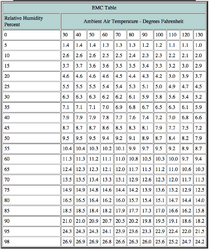No, really, I am learning here. Thanks for all your great questions and answers. Now I have found one of my own to ask. I am new to the ways of wood, first season. Someone told my wife that wood seasons here in Colorado in about three months. Now in all there reading I've done I always see anywhere from 6 months to a year. That would mean that the Colorado dry climate would cut the drying time by half? They were talking about pine when this was said to my wife. So the question is, could this be true? Does other wood dry faster here too? Is there anyone here from Colorado that might confirm this for me.
Thanks everyone...
Thanks everyone...



 !. The only green wood I burn is from the marker paint the contractor uses to show what trees to remove!
!. The only green wood I burn is from the marker paint the contractor uses to show what trees to remove!
